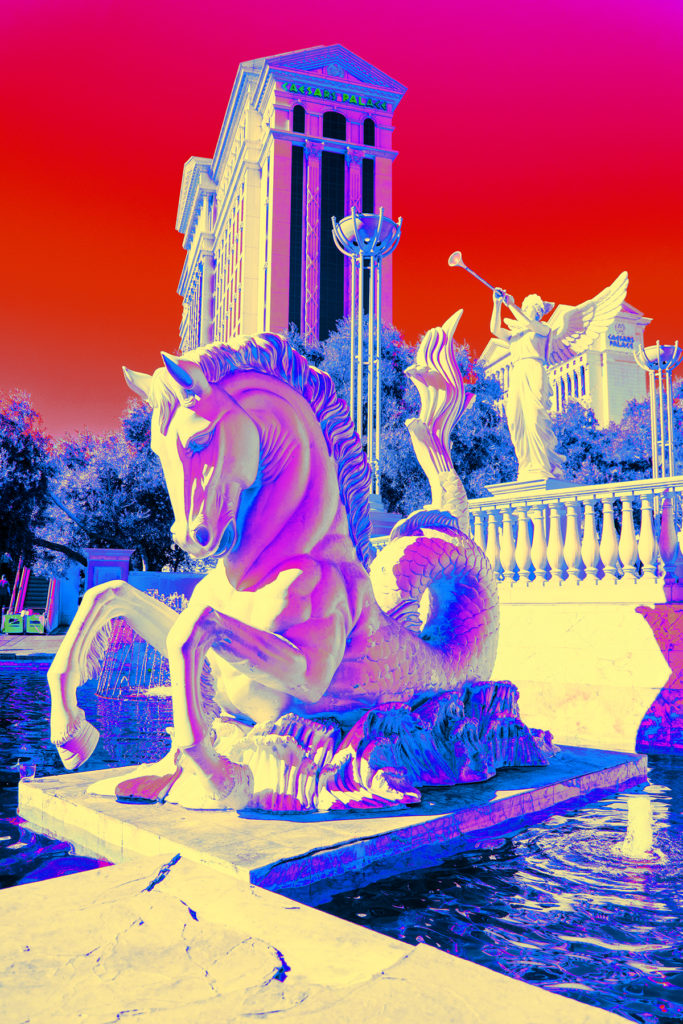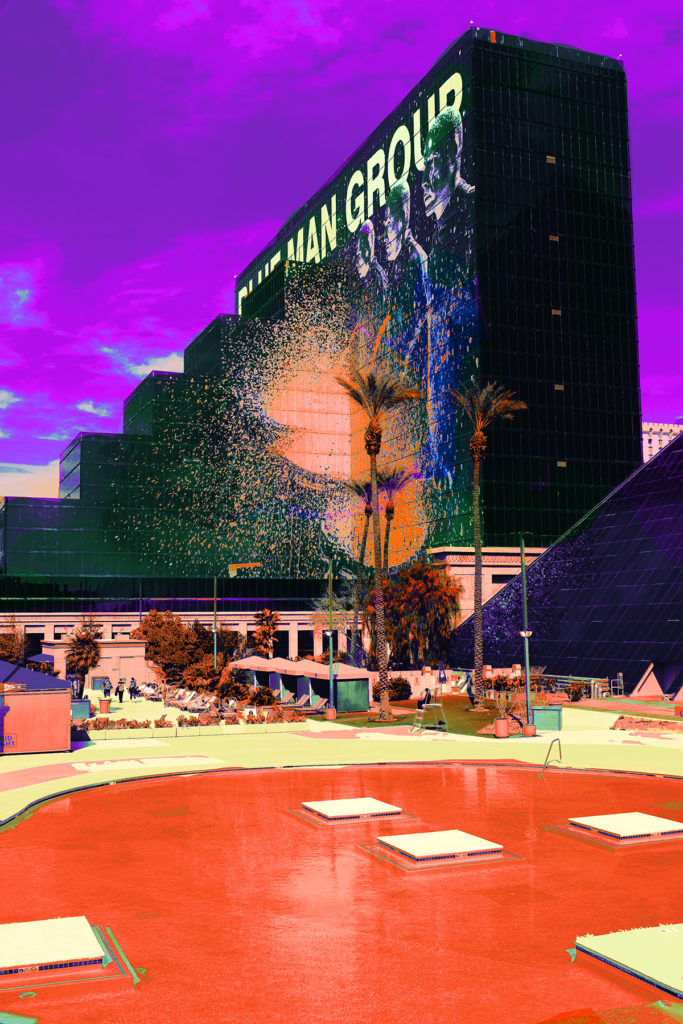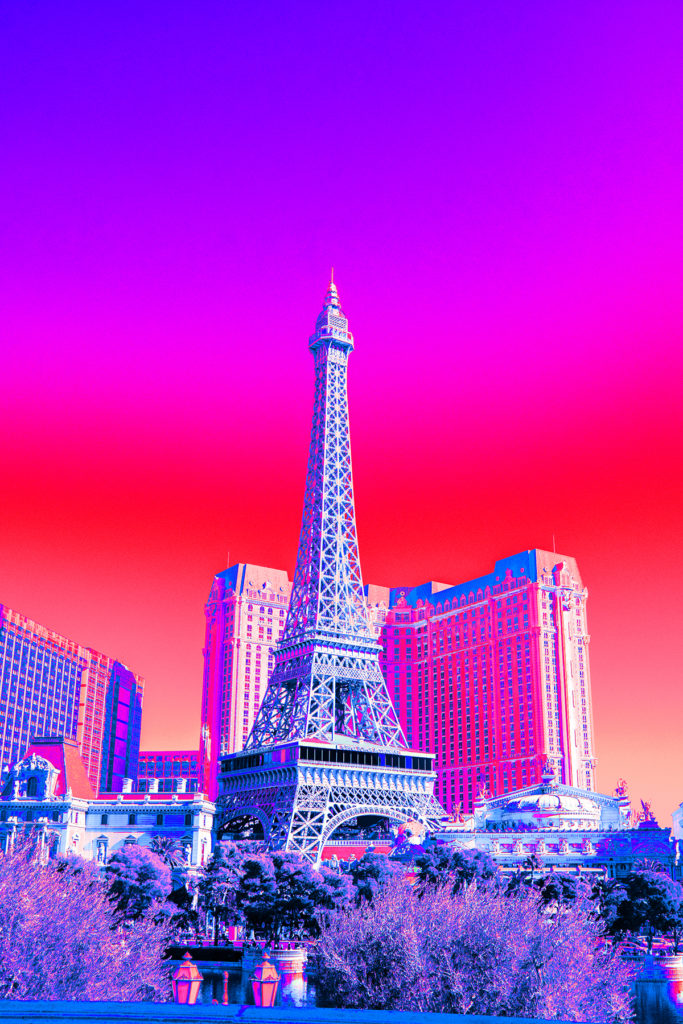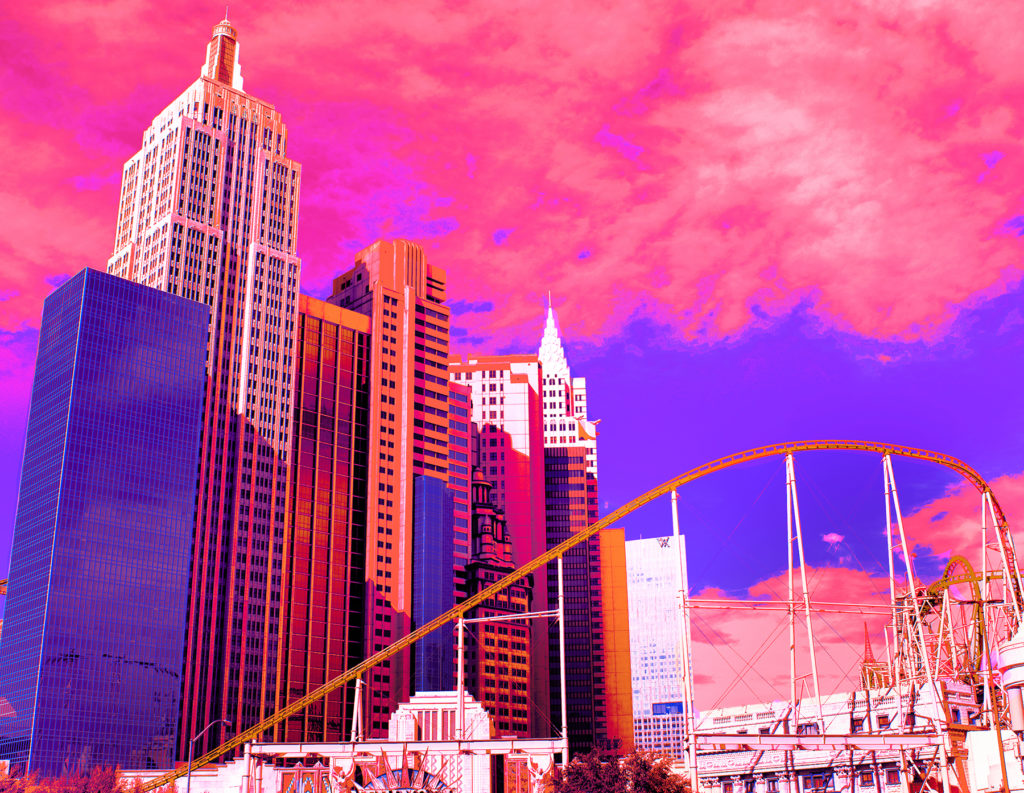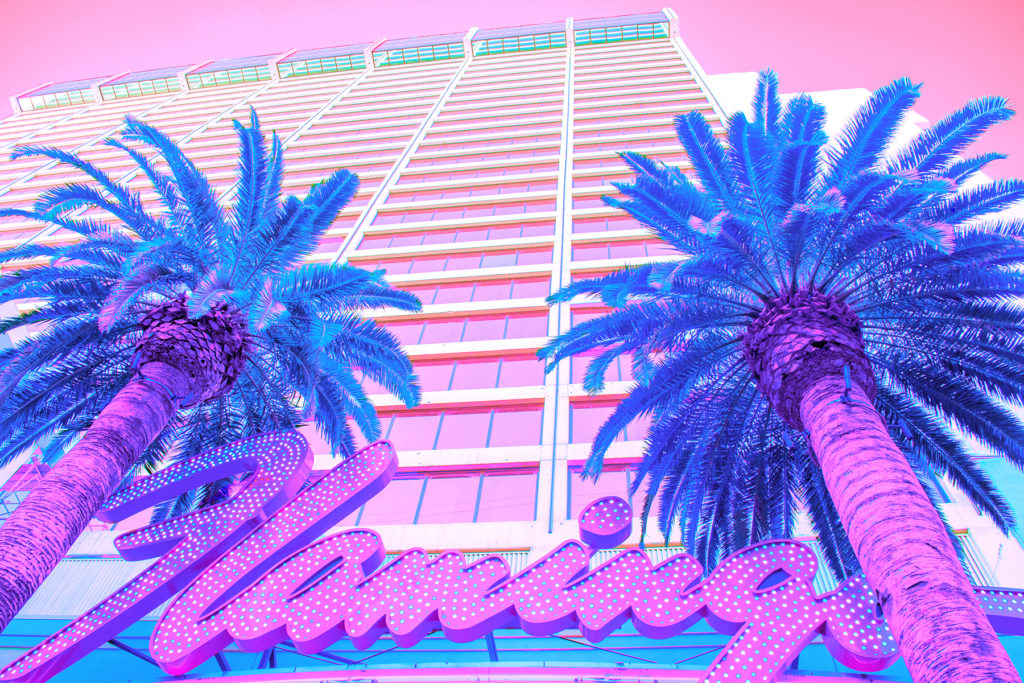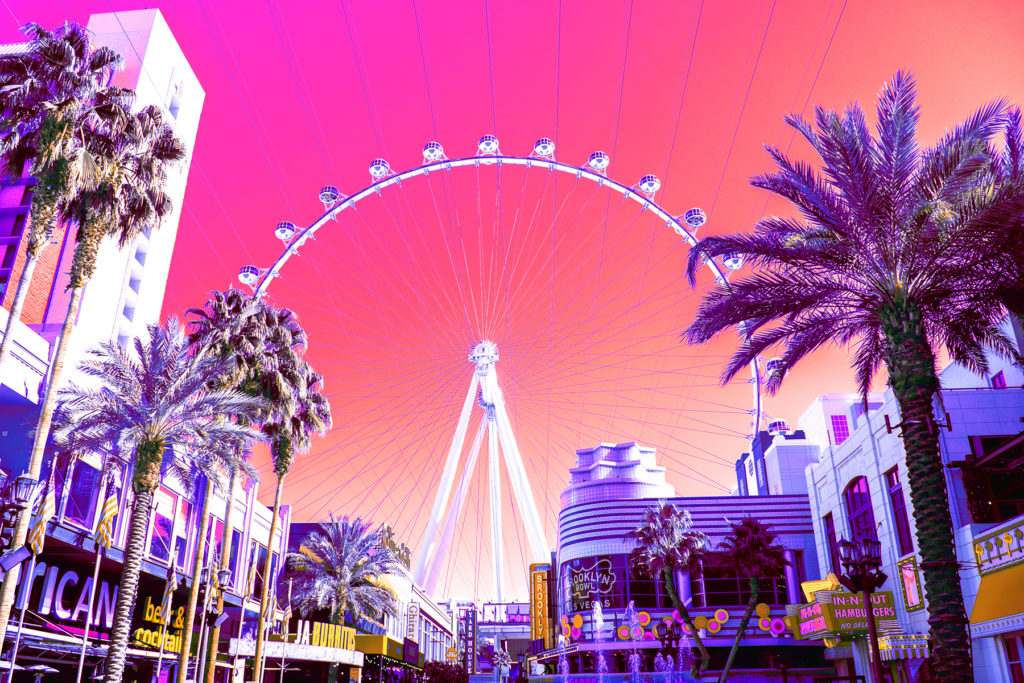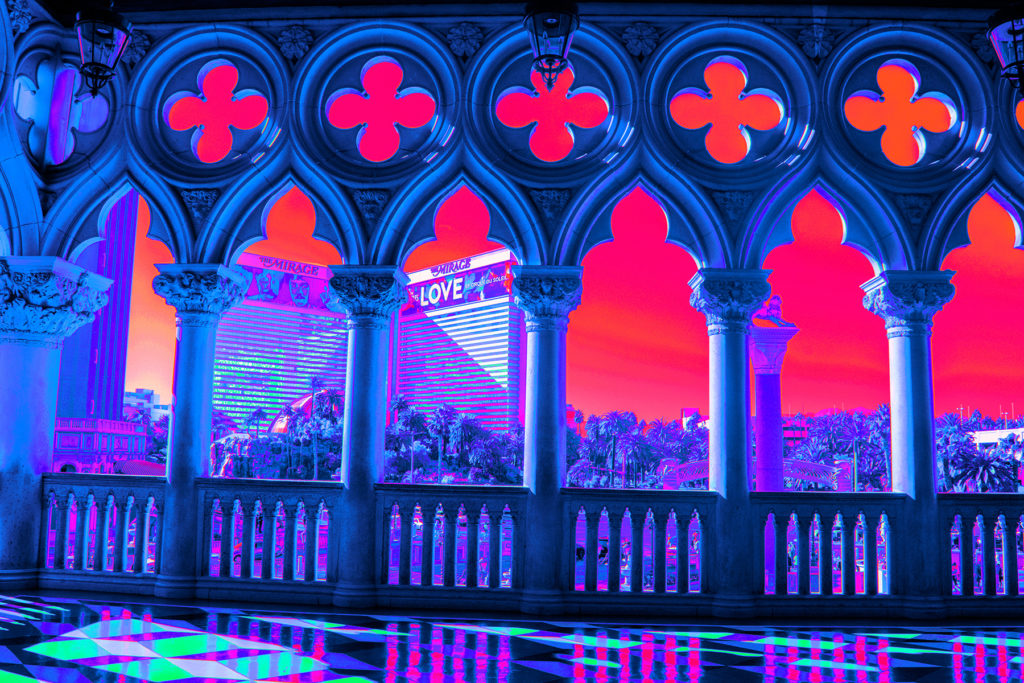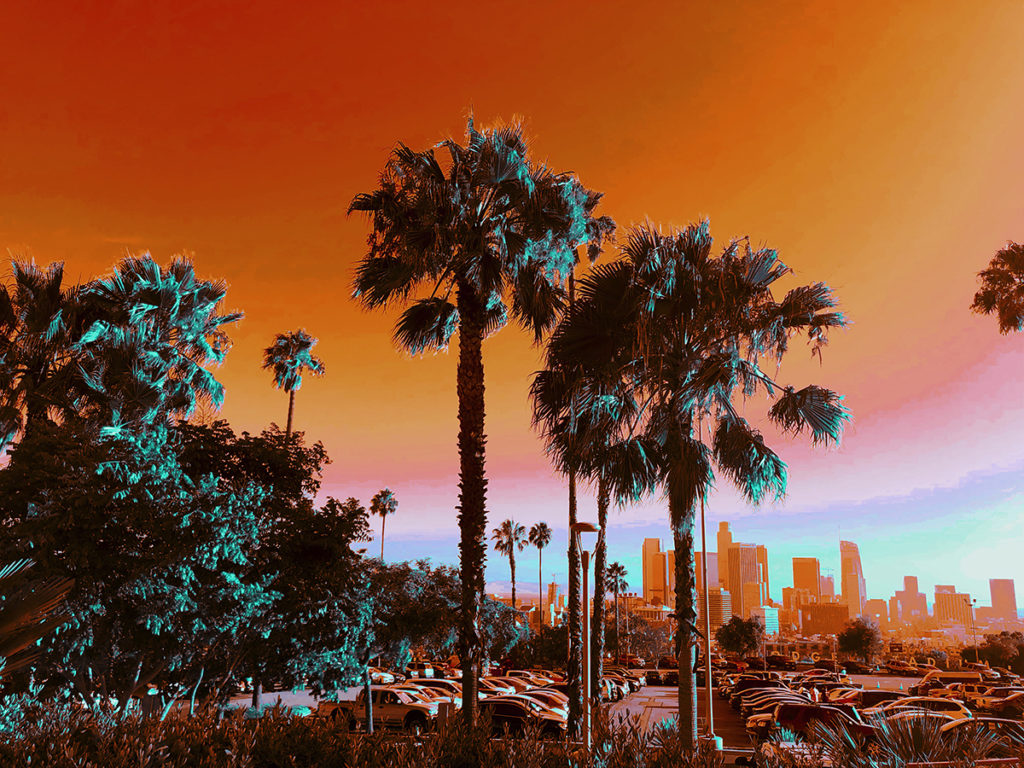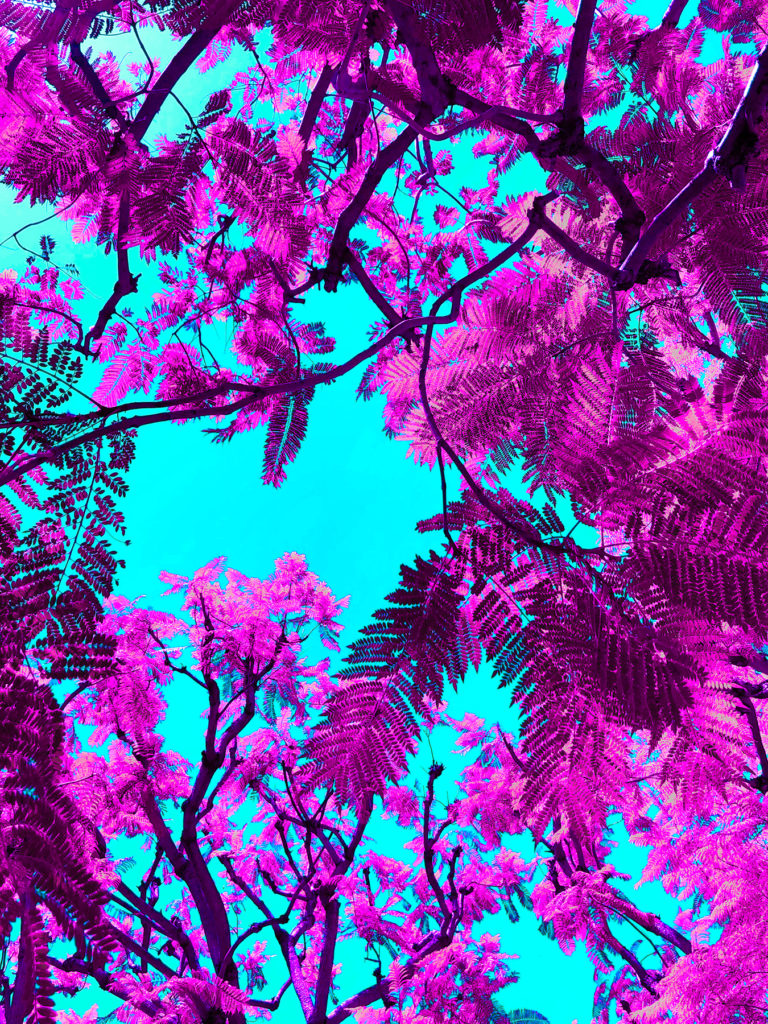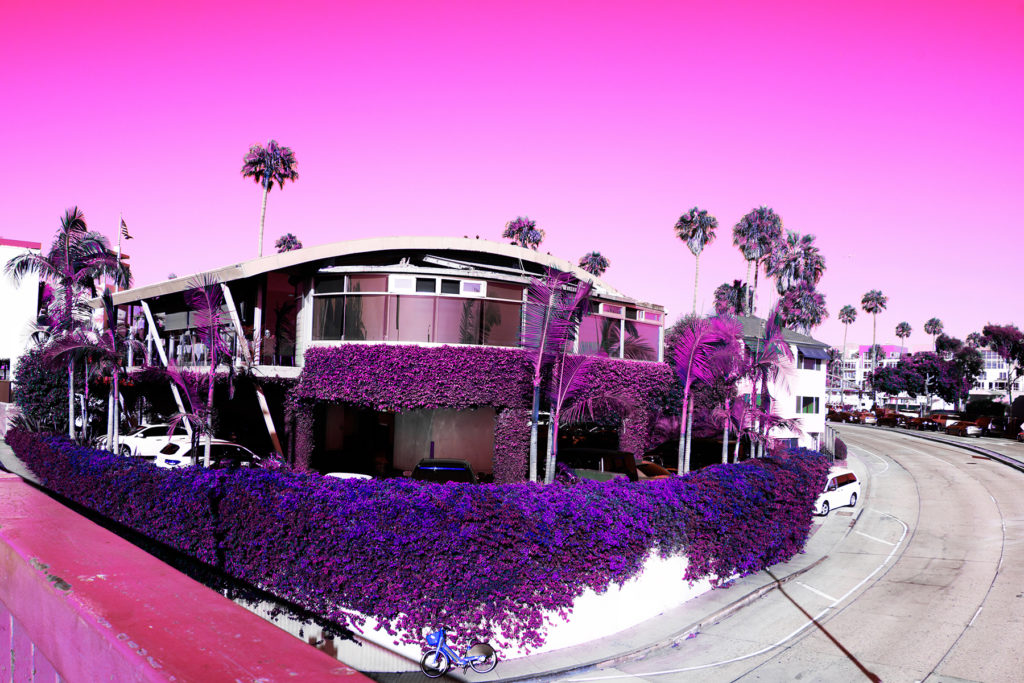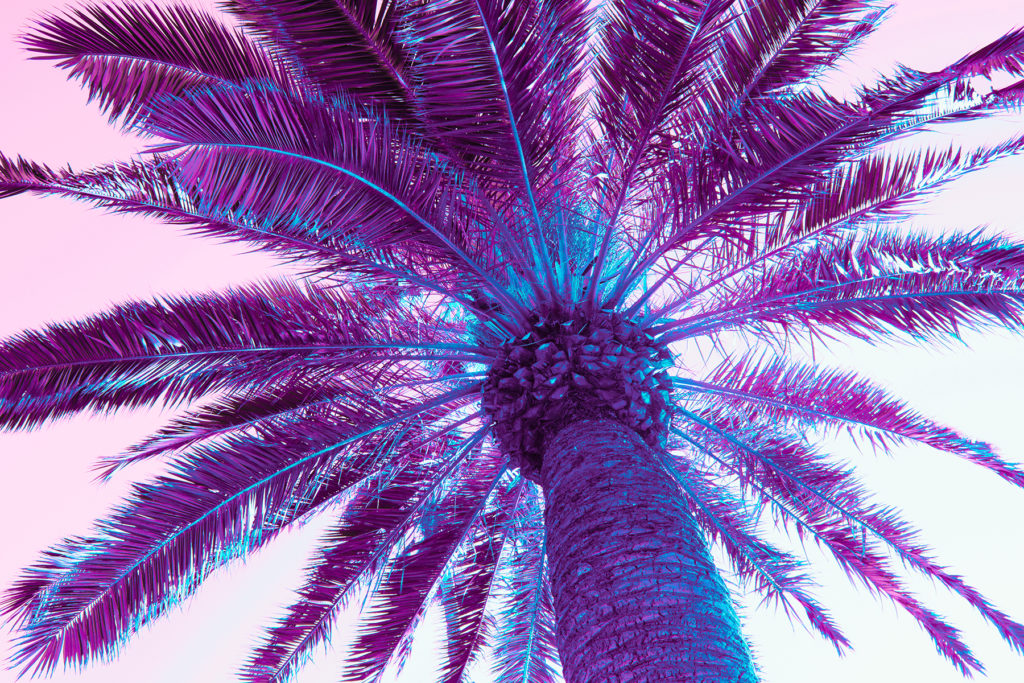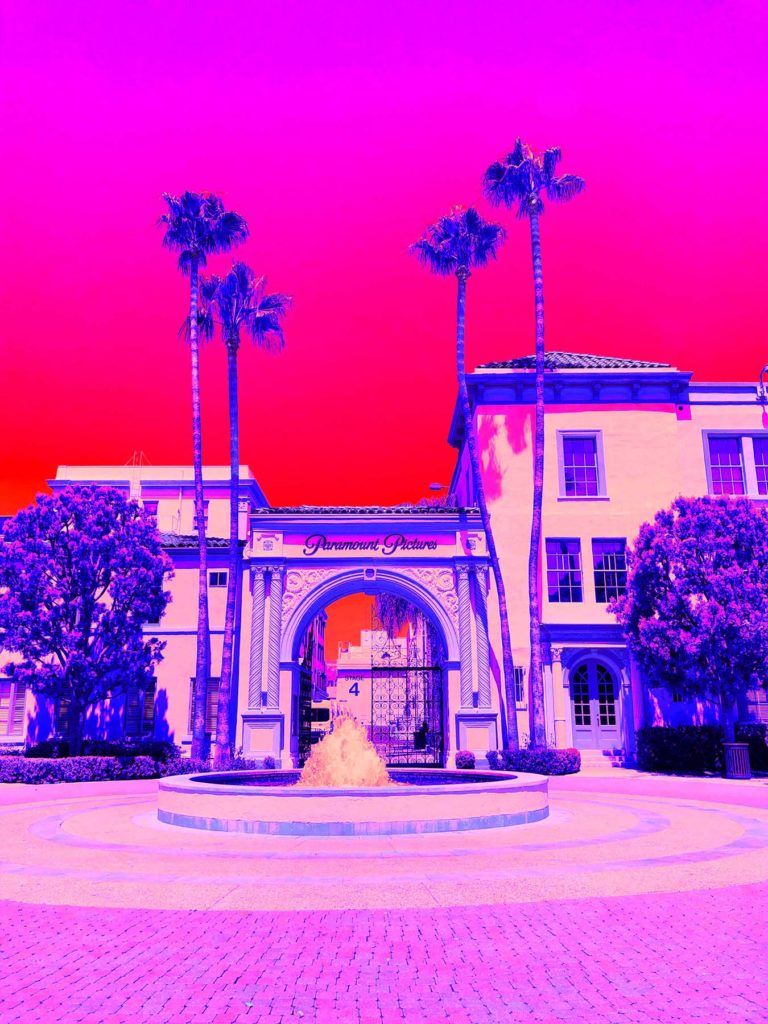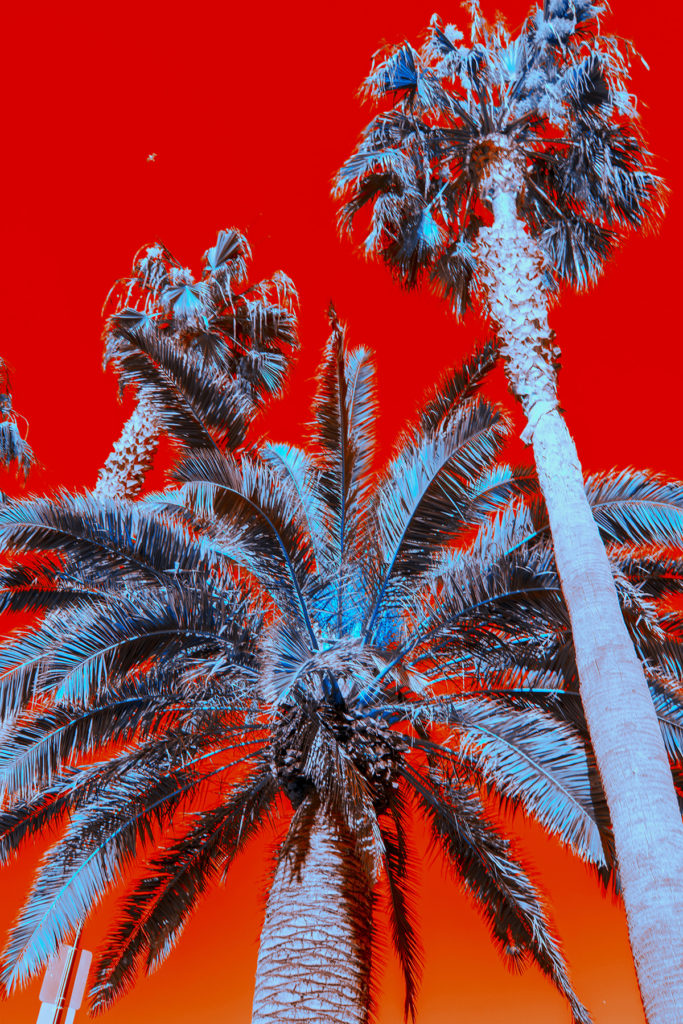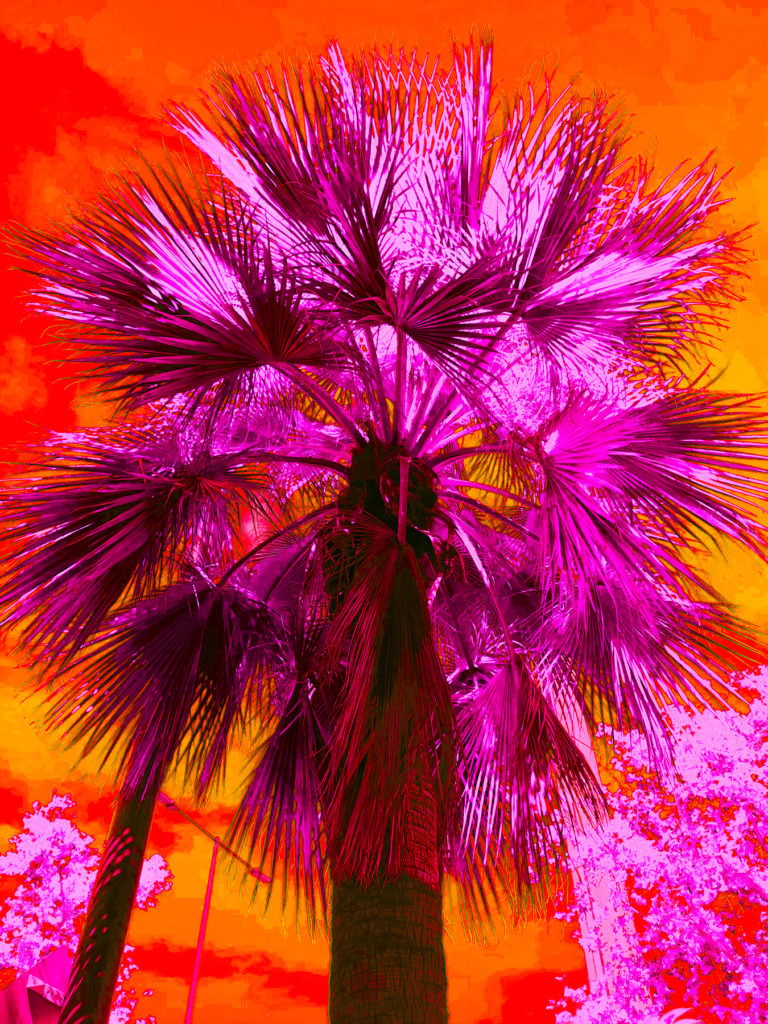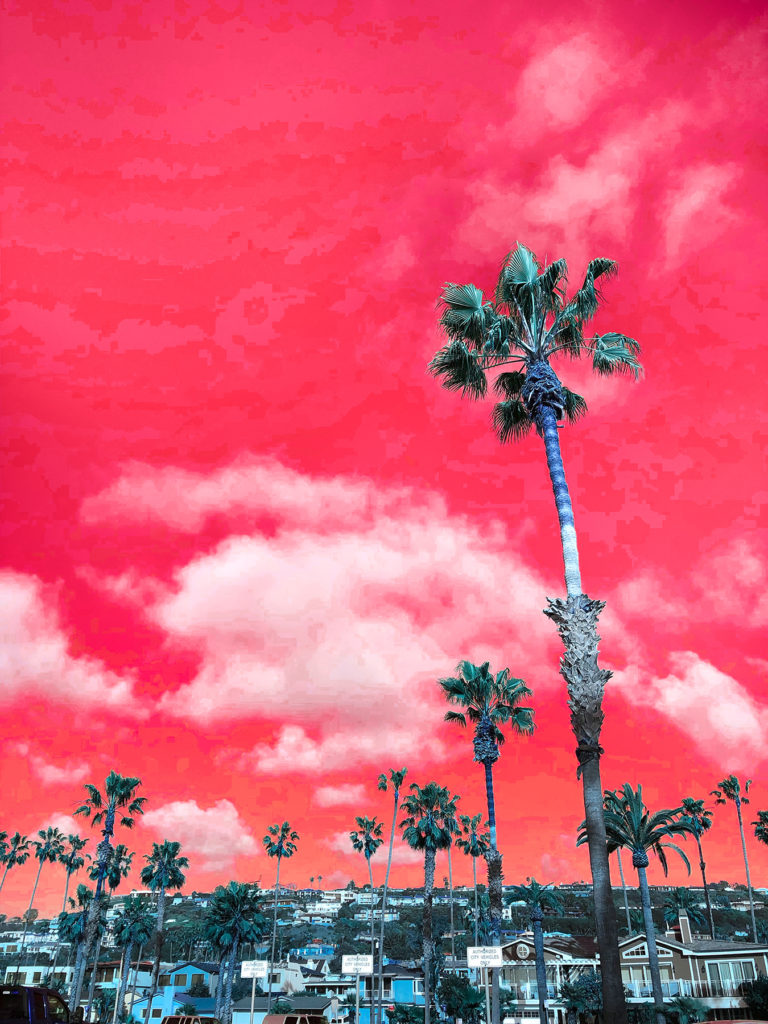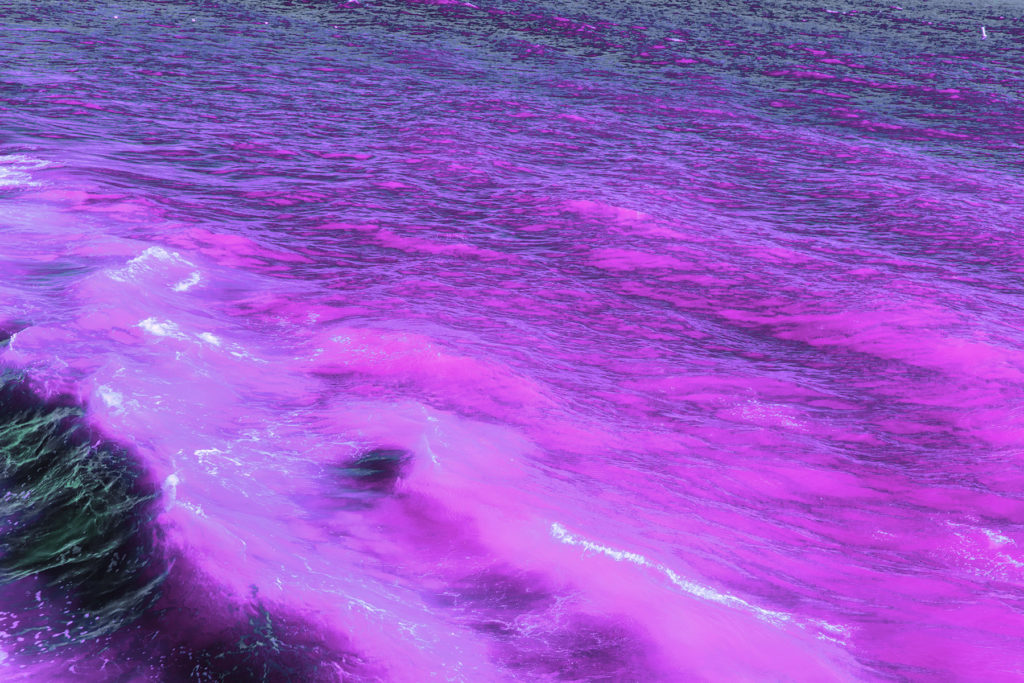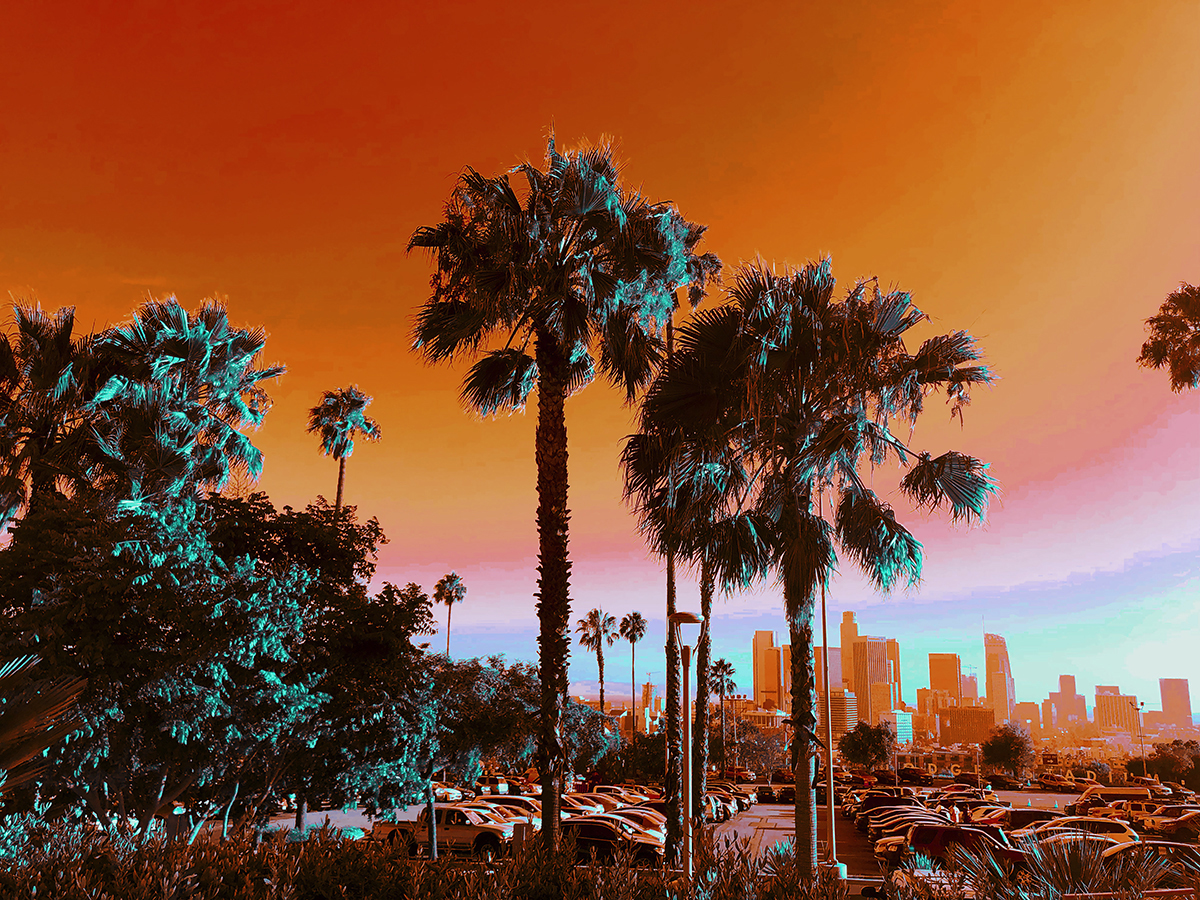
Natalie Hopes – INFRA
The Infrared-sensitive process was developed during World War 1 by the United States to improve aerial intelligence photography through the haze of the battles. In the 1930’s, infrared film became available to the public for large format cameras when Kodak developed film emulsions that were responsive to infrared light. Acherochrome III Infrared is a slide reversal film co-created by Kodak and the US Military. The main purpose of their partnership was to surveil military targets of war-torn areas and to detect camouflaged objects; infrared photography was used by governments in their clandestine operations across the globe. The film is known to color the infrared light reflecting from chloroplast-rich trees, leaving behind a hot pink color. Due to the advanced nature of photography, infrared film was discontinued in 2007. To achieve the look of infrared film on a digital camera, there are two options: buy a red Hoya Infrared filter, or convert the camera into an infrared camera by removing the IR blocking filter and adding a blue or red filter. I took the plunge into infrared photography by exploring both of these options.
In my Infrared series, I desire to cast a critical eye on the sights and temptations of Las Vegas and Los Angeles, two cities that are world-renowned for its wholesale acceptance of glitz, glamour, and every dark corner between. I traveled to popular tourist spots to measure their appeal and to figure out if they were all they promised to be. The nature of my infrared photos makes ordinary locations seem exotic and bizarre. With my photographs in Las Vegas and Los Angeles, however, the locales that I visited fit right into the exaggerated color schemes of infrared photography: both Las Vegas and Los Angeles are the only places where excess is an asset rather than a liability.
